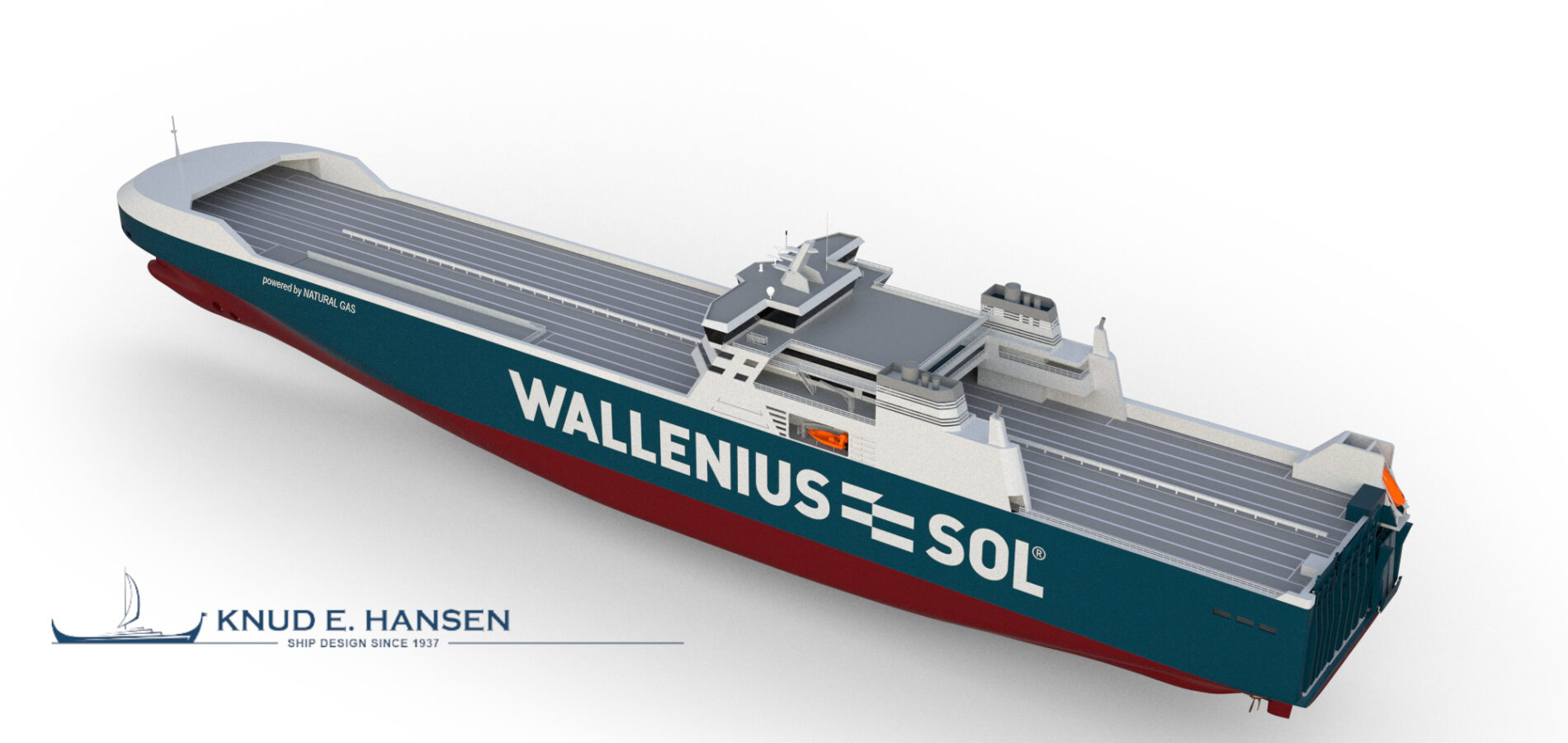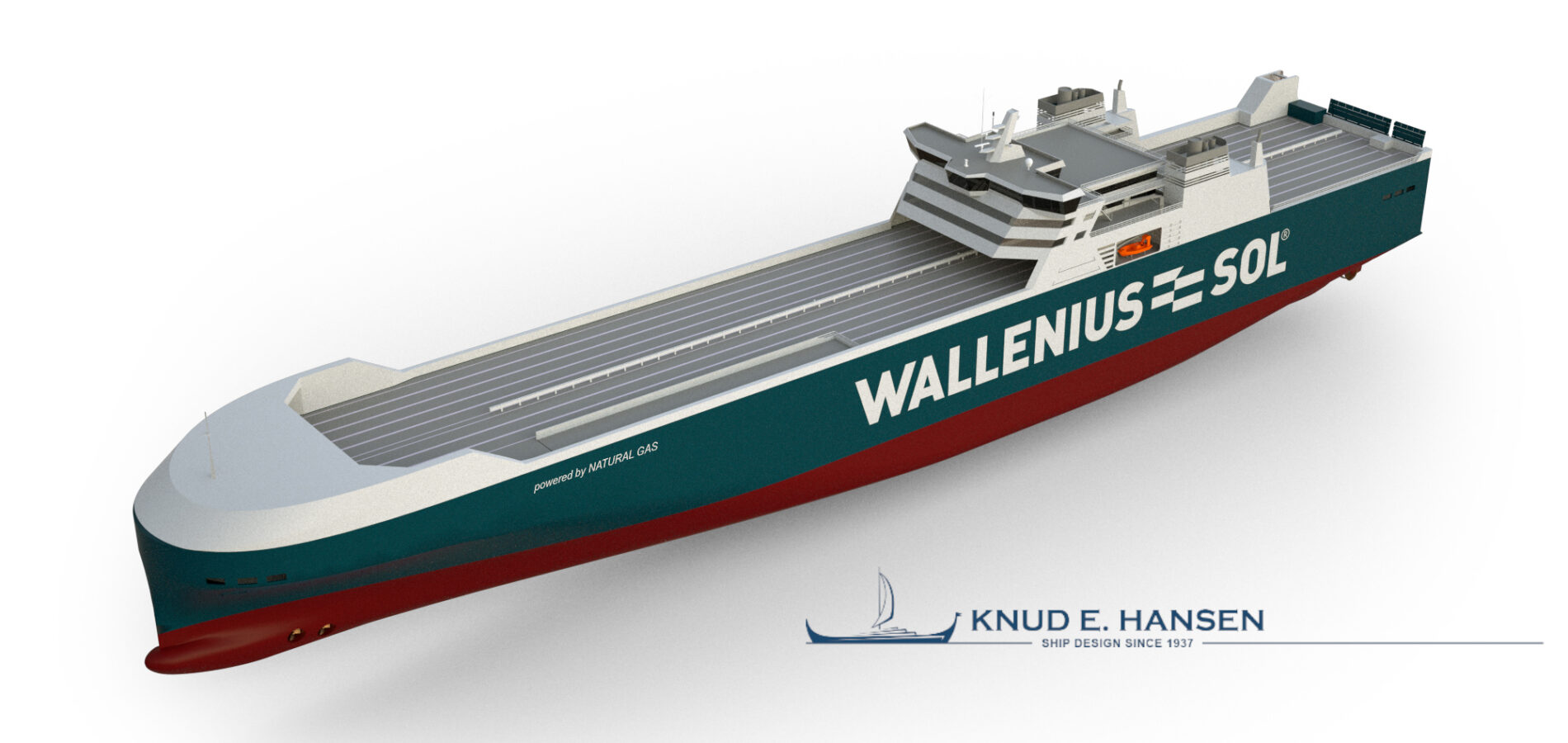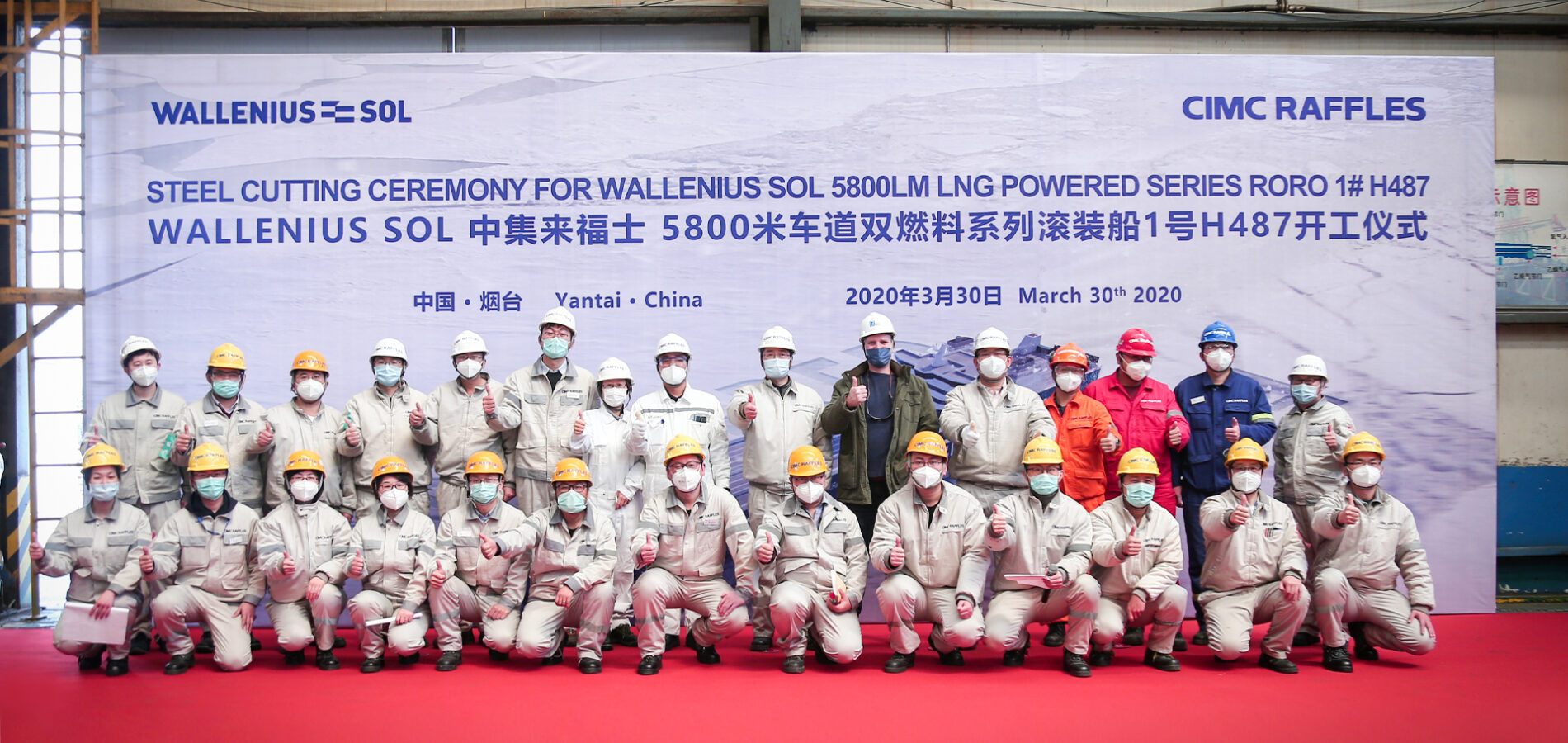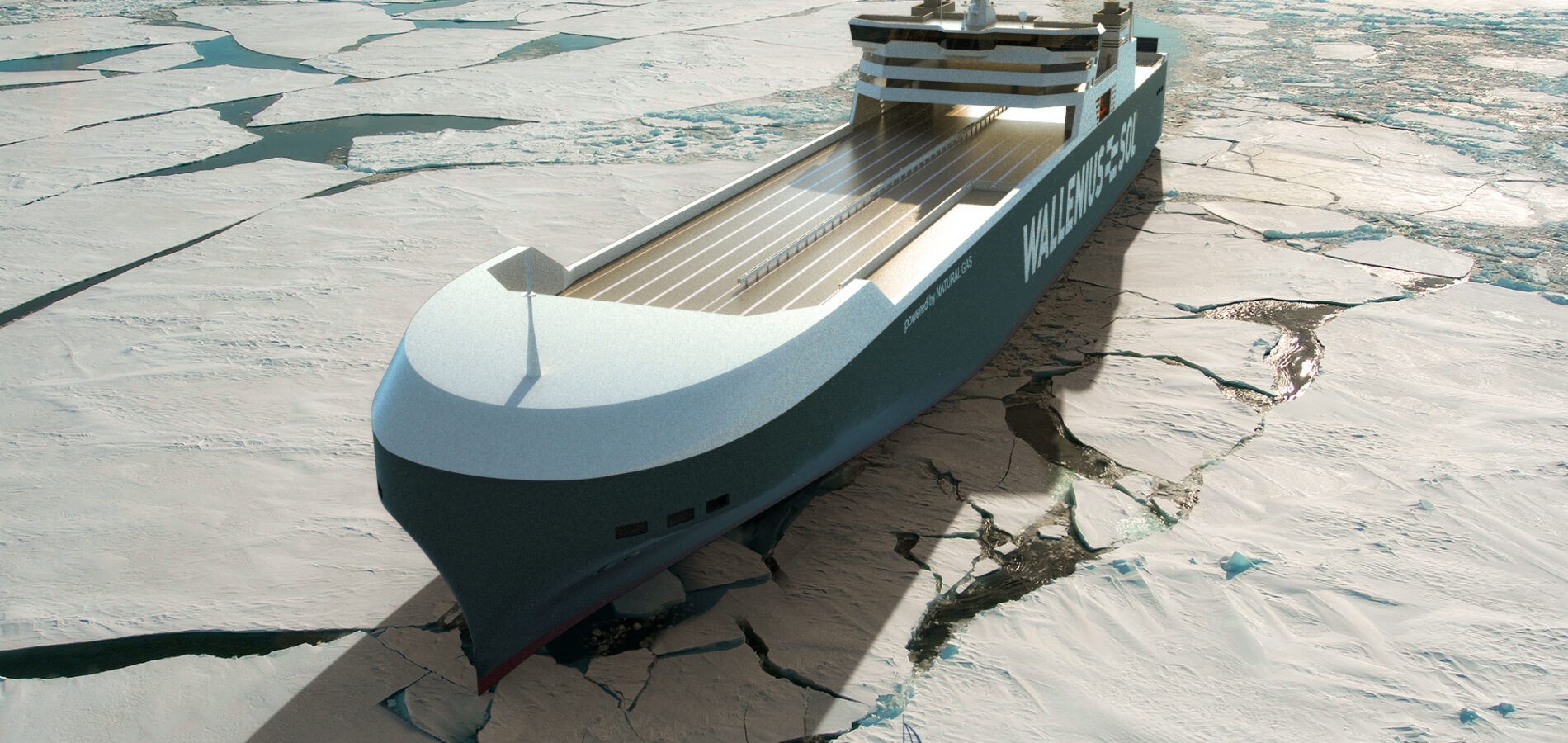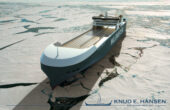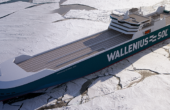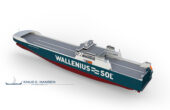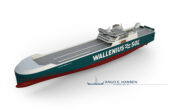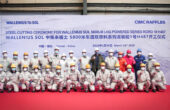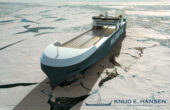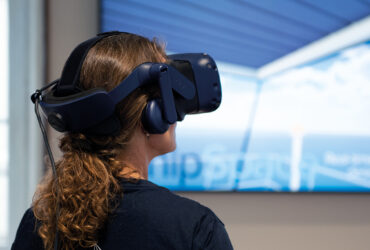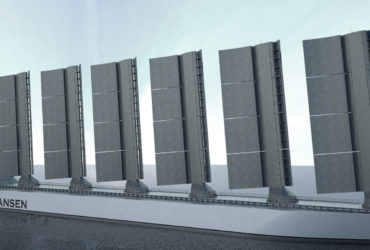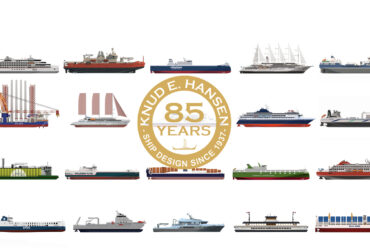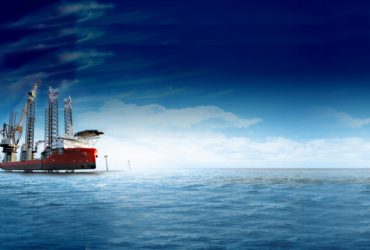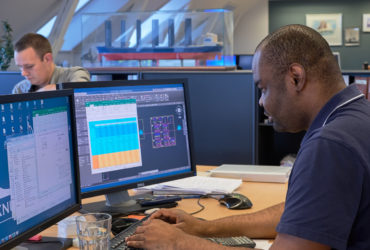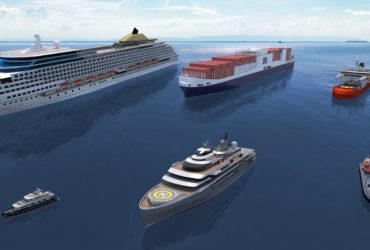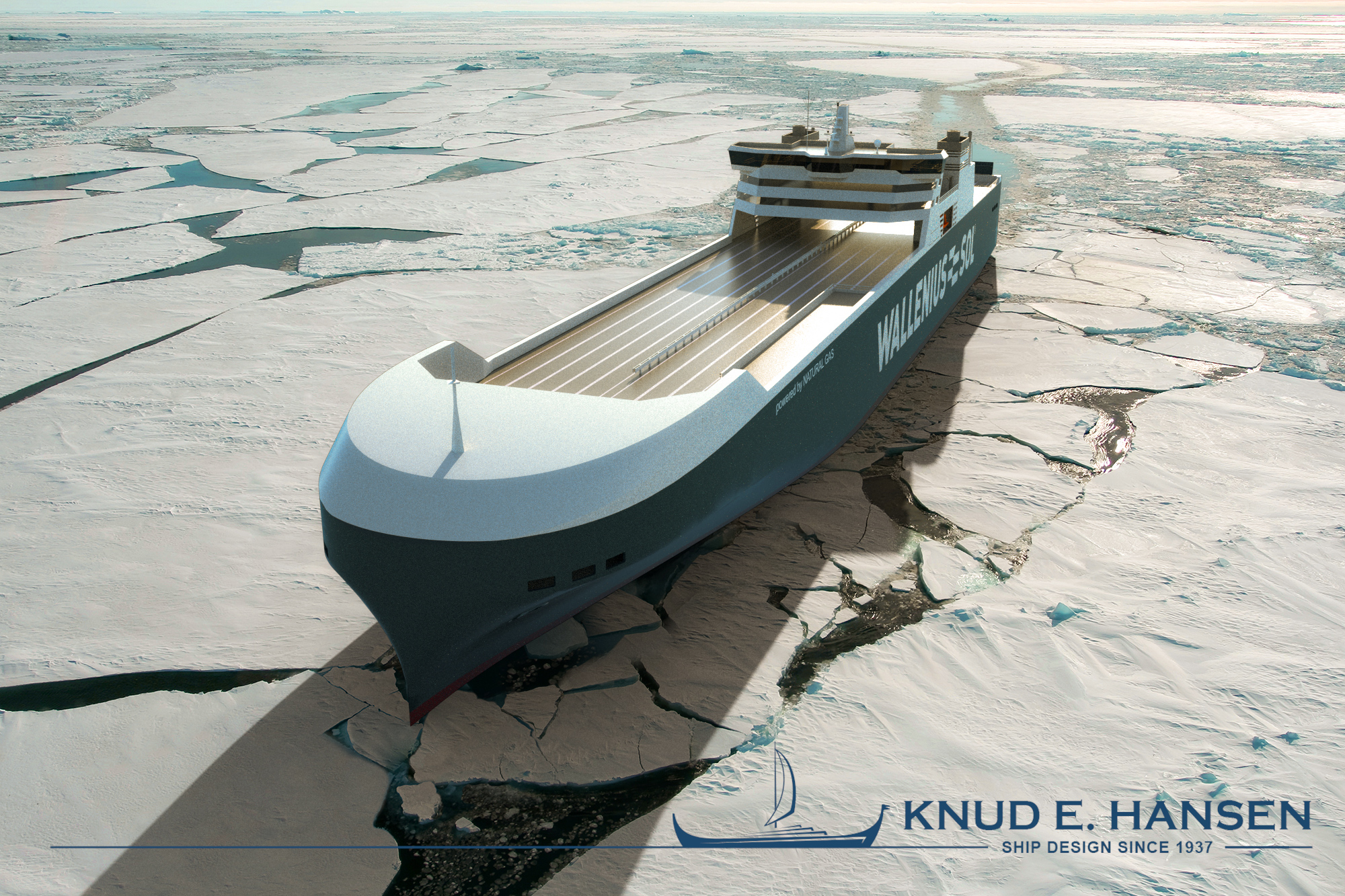New connection to the port of Husum
"The High North is just as far away from Zeebrugge as Canada." Ragnar Johansson
Fiona Sea and her sister ship Jutlandia Sea call at Zeebrugge on alternate to deliver cassettes with paper from Sweden. Later this year, the ships on this service will be replaced by brand-new megahybrid ro-ro ships.
Who is Wallenius-SOL?
Wallenius-SOL is a Swedish shipping company with almost two centuries of experience. The alliance between Wallenius Lines and Svenska Orient Linien (SOL) was initiated in 2019. The ro-ro vessels arrive from Sweden and Finland with paper products on cassettes, SECUs and containers, and return northwards with other cargo.
Ragnar Johansson, CEO of Wallenius-SOL, talks about the changes he has seen with regard to the shipping of paper products. A decade ago, each paper mill chartered its own – usually small – ships to convey its products to the same regions. He also noted that no new ships had been built for this type of traffic for 15 years.
Meanwhile, resulting from the emergence of the internet, paper mills have been seeing the demand for particularly newsprint paper dwindling, year after year. Their focus has shifted to such products as consumer packaging board, which is still a strongly growing business. Furthermore, wood fibres are recyclable and the industry is anticipating on the infinite possibilities provided by this raw, natural raw material.
Ragnar Johansson, CEO of Wallenius-SOL has experienced the transition in the transport of paper products. The sector was in need of efficient and innovative transport solutions.
Stora Enso is also convinced that fossil raw materials can be completely replaced by the products that are sourced from forests. Wood fibre is the future! The paper producing sector has since developed into a visionary, state-of-the-art industry, where ecology and sustainability are key to a long-term vision.
“Forestry companies must be able to rely on efficient maritime logistics. It is a long way from the Gulf of Bothnia to Western Europe. To give you an idea: the High North is just as far away from Zeebrugge as Canada,” Johansson explains. “Moreover, this part of the Baltic Sea is often completely frozen, sometimes for up to four months.”
Extensive experience
“Wallenius-SOL’s new vessels are the first ro-ro vessels that they to not only have the highest ice class rating but are also powered by liquefied natural gas.” Ragnar Johansson
The criteria were everything but trivial. The ships had to have a large capacity, as well as a low cost per unit of cargo. Furthermore, they had to meet the highest ice class rating, run on the most environmentally friendly fuel and be able to connect to shore power. Because the ships sail a route that calls at nine ports, optimal flexibility in loading and unloading was also an essential criterion. The type of goods being shipped also poses an additional hydrodynamic challenge. Coming from the North, the ships will have up to 2.5 metres more draught than on the return trip.
Finn Wollesen, Managing Director of Knud E. Hansen, explains how his designers, together with the design department of Wallenius Marine, eventually arrived at the design for four identical vessels that are currently being built in China (Yantai CIMC Raffles Offshore Ltd.).
The new ships of Wallenius-SOL will have the highest ice class rating, and they will be powered by LNG (liquefied natural gas). Due to the high freight capacity of the vessel, the fuel consumption per freight unit will be reduced by 57%.
The first of Wallenius-SOL’s four green, hybrid megaships will be taken into service by next autumn. In the meantime, PSA has also provided a new pontoon that is capable of accommodating the world’s largest roll-on roll-off vessels, and Wallenius-SOL’s extra-large vessels in particular.
Three competitors, one shipping company
“Our vision is to create an infrastructure for the industry.” Ragnar Johansson
According to Johansson, it is likely that the new LNG ships will be bunkering their LNG in Zeebrugge. “Zeebrugge has the gas and the infrastructure. Our ships only need to be supplied with LNG every fortnight, which coincides with their call at Zeebrugge.” As for cold ironing, we aim to connect the ships to the grid in every port in the long term, with a view to eliminating the emission of CO2 in the ports at which the ships call.
“PSA is a top-class handler of forestry products, with many years of experience. Both Wallenius-SOL and our customers have tremendous confidence in PSA. Metsä Board’s decision to ship large volumes to the Wielingen dock this year is certainly proof of this. “My thanks to Theo Milliau and his team for their excellent work!” concludes Ragnar Johansson.
Related articles
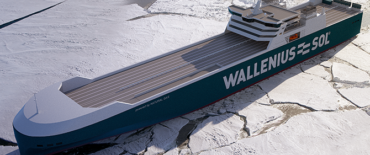
Botnia Enabler & Sisters
- Vessel type: RoRo
- Vessel name: 242 m LNG-powered ultra-large RoRo
- Project number: 19019.01
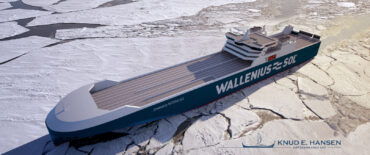
Wallenius-SOL orders LNG fueled RO/ROs
Read more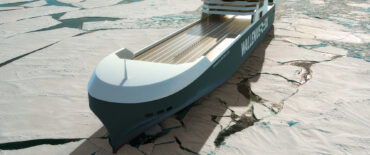
Wallenius-SOL's new vessels are the first ro-ro vessels that not only have the highest ice class rating but are also powered by liquefied natural gas
Read more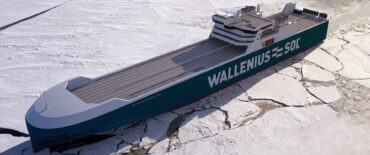
New LNG-powered RoRo Vessels for Wallenius-SOL Designed by KNUD E. HANSEN
Read moreImages
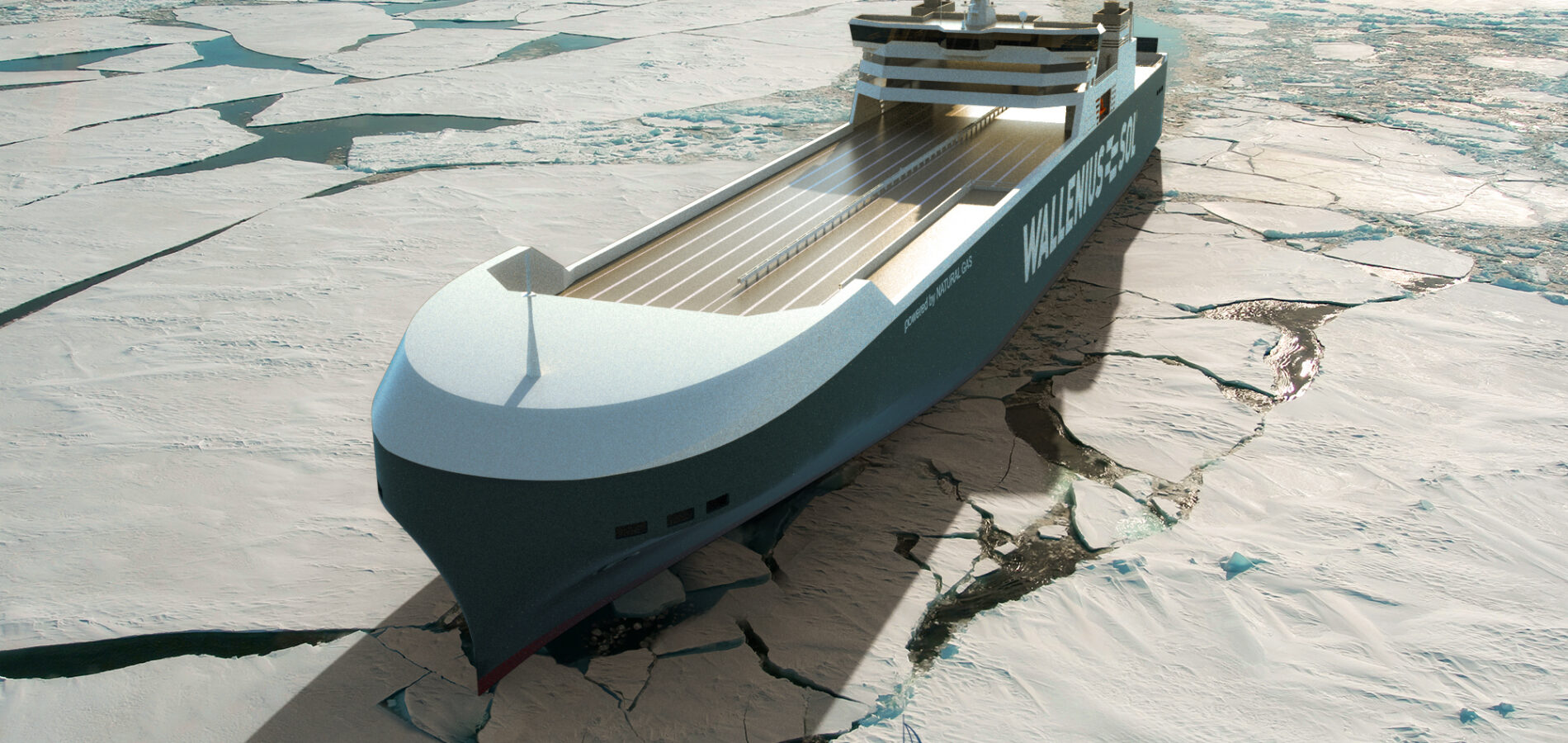
Wallenius-SOL's new vessels are the first
ro-ro vessels that they to not only have the highest ice class rating but are also powered by liquefied natural gas
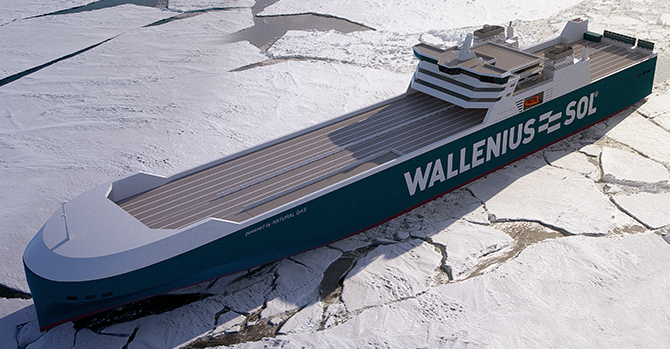
The new ships of Wallenius-SOL will have the highest ice class rating, and they will be powered by LNG (liquefied natural gas). Due to the high freight capacity of the vessel, the fuel consumption per freight unit will be reduced by 57%
